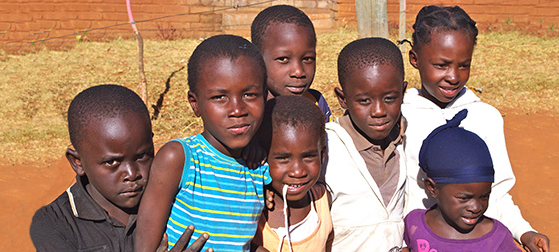A new analysis of funding trends in the global battle against malaria reveals that, over the last two decades, there has been a five-fold increase in annual funding for malaria research and development (R&D)—from US$131 million in 1993 to $610 million in 2011. Much of that increase took place after 2004, when support stood at $320 million.
The report projects that malaria R&D will require up to $8.3 billion over the next decade (2013-2022) to develop some of the new tools needed to sustain efforts to combat the disease; the midrange projection calls for investment of about $700 million annually. While currently in retreat, malaria still kills about 660,000 people—mostly young children in Africa—each year. The study warns that R&D investments are critical, gives the emergence of drug resistance in the malaria parasite and insecticide resistance in the mosquito.
It is crucial to sustain the momentum created by an R&D pipeline that has never been healthier, with nearly 90 products in development, notes the report. This pipeline includes almost 40 drugs, ten of which are in late-stage clinical trials; the first vaccine candidate to reach late-stage testing, with dozens of others in development; more than a dozen new mosquito control tools; and a host of new diagnostic tools.
“For both P. vivax and P. falciparum malaria, we need new, effective, and affordable tools—including drugs—to ensure that we not only clear parasites from the body but also protect against immediate re-infection and ideally help limit transmission,” said David Reddy, PhD, CEO of Medicines for Malaria Venture. “Rapid diagnostics for malaria are also urgently needed to ensure people are receiving the right treatment for their disease.”
